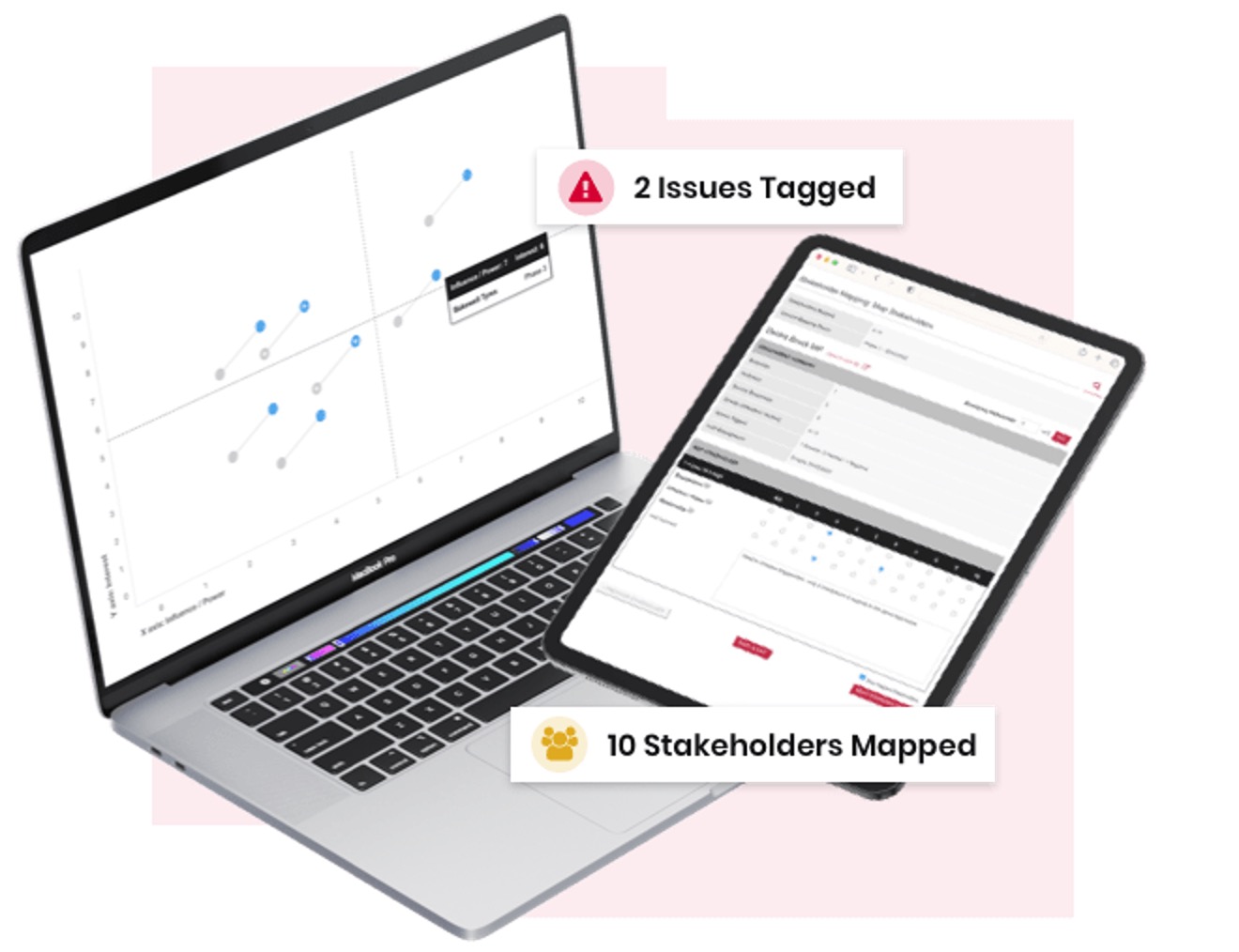This is Blog No 44
About 15 years ago, I made a mistake and started telling people that the principal virtue of stakeholder mapping lay in the therapy of doing it. Spending quality time considering the various characteristics of your stakeholders was, of itself, an excellent use of time and talent. It should ensure that public engagement and consultation exercises would be more likely to address the right people and in the right way.

Of course, the effect was to de-emphasise the data generated and the use to which it could be put. We ran training courses exploring the famous Influence/Interest matrix and illustrated it all with a great real-life case study from Northern Ireland ('Fort George' at Derry - thanks largely to Quintin Oliver who knew the story) We populated the grid and teased trainees about the various insights gleaned from the positioning of various institutions, groups, and individuals
It is now sufficiently widely done that it is perfectly reasonable for anyone auditing a public consultation to ask to see, within the limits of confidentiality, the stakeholder mapping that informed it. Although we used to say that the methodology was so easy, it could be done on the back of an envelope, the truth was always a bit more complex. Categorising stakeholders into four rough-and-ready boxes actually told one relatively little. To yield the best insights one needs to delve deeper.
This is why I was pleased to be invited by Tractivity to contribute four short articles on what should happen to the output of the four different quadrants. Better still, I have the opportunity to talk about it at the Company’s
The articles are available as follows:
2. Disinterested High Influencers
3. Highly-interested Low Influencers
4. Disinterested Low influencers
My theme is The magic of stakeholder mapping. The dictionary suggests that magic means having ‘apparent influence through mysterious or supernatural ways’ So you can expect a rather entertaining session!
For me, using techniques like this enables you to perform the ultimate consultation illusion, that, in asking consultees what they think, we turn the conventional power structure on its head, place less emphasis on what the consultor wants, and focuses on the priorities and preferences of those whose views we are seeking.
Of course, those who organise a consultation – and pay for it – need to structure it so as to find out what respondents think of their plans or proposals. What effective Stakeholder mapping does is help them look at the issue through the other end of the telescope. What will this kind of consultee wish to know? What aspects are likely to be most important to it? What may it need to be able to respond effectively?
It is easy to see how things go wrong if mapping and analysis are overlooked.
For example
- A technical consultation is so overwhelmingly oriented towards narrow specialisms without recognising that the subject can also be of interest and relevance to others, despite less of an immediate stake in the outcome. Makes the consultor look uninterested in its wider reputation
- Proposals that affect lots of socially disadvantaged or other groups with limited access to decision-makers. Poor provision for those most impacted show disregard for important stakeholders and can expose a consultor to legal challenge for non-observance of the Public Sector Equality Duty (PSED)
- Planning consultations that can impact communities over many years, and involve contentious issues like housing or infrastructure, but fail to recognise that different stakeholders are interested in very different aspects e.g. traffic, environment, health, education etc. Failure to target specific audiences in appropriate ways can silence important elements of the debate .
- Very contentious policies or proposals need to anticipate the reaction of political forces including elected members, political parties, and campaigners. Lack of mapping and analysis can lead consultors to being wrong-footed both procedurally and substantively.
Stakeholder mapping is no panacea and does little to help misconceived consultation exercises or those that are badly organised.
But it acts as a terrific discipline and offers checks and balances which are helpful in producing better consultations – ones where respondents feel that they are the ones that are important, and what they say really matters.
For those who are new to it, I urge them to give it a try. For those who are already familiar with it, the challenge is to use it even better.
Rhion H Jones LL.B
See Rhion's speeches etc
For More like this - free of charge: now click here
Leave a Comment
I hope you enjoyed this post. If you would like to, please leave a comment below.